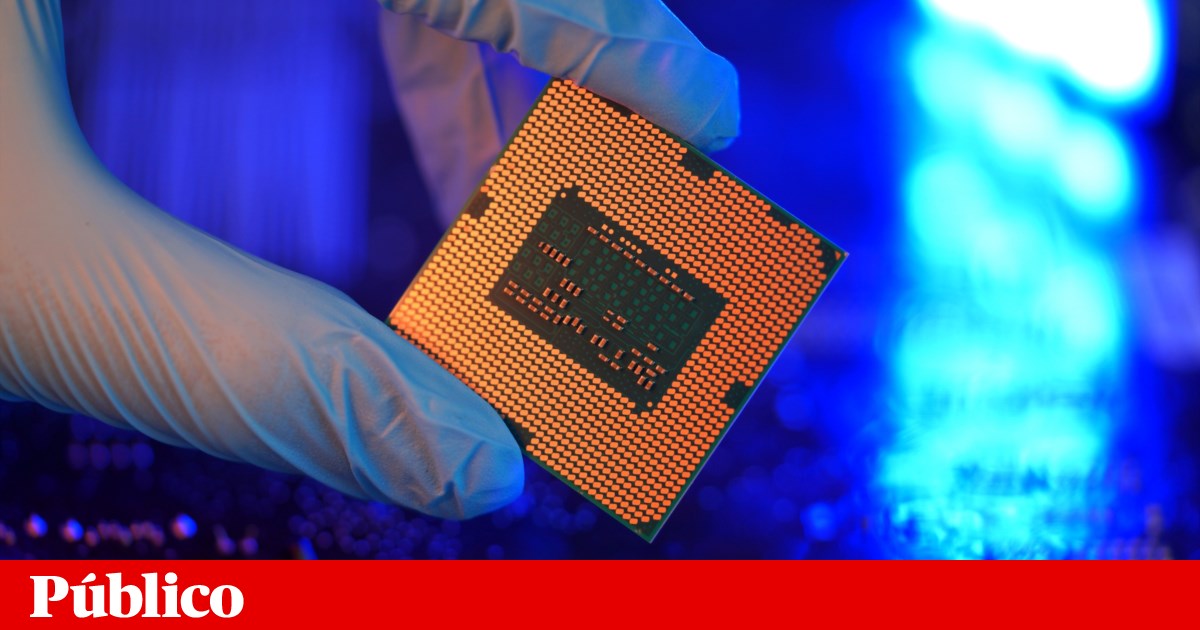An alternative to silicon semiconductors, the microscopic materials that form the basis of most modern electronic systems, smart phones For missiles. A team of chemistry experts from Columbia University in the US has found that the combination of rhenium, selenium and chlorine makes it possible to create a room-temperature semiconductor that is more efficient and faster than silicon. Even if at first glance it seems slower.
The substance, with the chemical formula Re₆Se₈Cl₂, was presented this month in an article published in the journal. Sciences. Its semiconductor capabilities were discovered by chance in 2021 when a team from Columbia University, led by doctoral student Jacques Tullaj and Professor Milan Delors, was testing the accuracy of the institution’s microscopes. In theory, Re₆Se₈Cl₂ should be a poor conductor of energy, but when analyzing the material they discovered just the opposite: electrons pass through the material 100 to 1,000 times faster than the electrons in a silicon semiconductor.
“In terms of energy transfer, it is the best conductor we know of, at least so far,” Milan Delor summarized, in a statement. The team spent the next two years discovering why Re₆Se₈Cl₂ was so unexpectedly effective. The answer can be illustrated through the short story A The tortoise and the hare Aesop – In Re₆Se₈Cl₂, the particles move more slowly, but are scattered less in the journey from point A to point B.
Lose less energy
Scientists have long been looking for an alternative to silicon semiconductors. Although these semiconductors are the foundation of the modern world, their structure has limitations. As a general rule, vibrations of atoms in a material, including silicon semiconductors, trigger the release of quantum particles (phonons) that cause the scattering of electrons and excitons (a pair of particles with opposite charges, resulting from excited electrons). This results in a loss of energy and electrons taking longer to move from A to B.
In contrast, in Re₆Se₈Cl₂, electrons and excitons are not scattered. When excitons move slower, they are able to form pairs with phonons and consume less energy on the trip. This is what makes Delors compare the new rhenium semiconductor to Aesop’s tortoise.
Delors’ team describes the movement as “ballistic” in the sense that Re₆Se₈Cl₂ allows fast movement with very little dispersion and resistance. This feature could lead to the development of faster and more efficient electronic devices.
Dr. Jack Tullage
However, the new material is unlikely to become a viable commercial competitor to silicon semiconductors – at least in the near future. The first element in the new material, rhenium, is extremely rare. On the other hand, silicon is one of the most abundant chemical elements (the second most abundant element on Earth after oxygen). This leaves the new rhenium semiconductor as a potential option for less common applications where speed is essential: for example, new quantum computers.
Reality does not discourage Milan Delors. “We can now begin to predict other materials that might be capable of this behavior that we had not previously considered,” Delors explained in a presentation of the material.
The search for new and better semiconductors continues.

“Coffee trailblazer. Social media ninja. Unapologetic web guru. Friendly music fan. Alcohol fanatic.”

